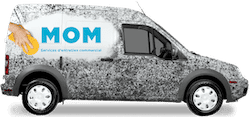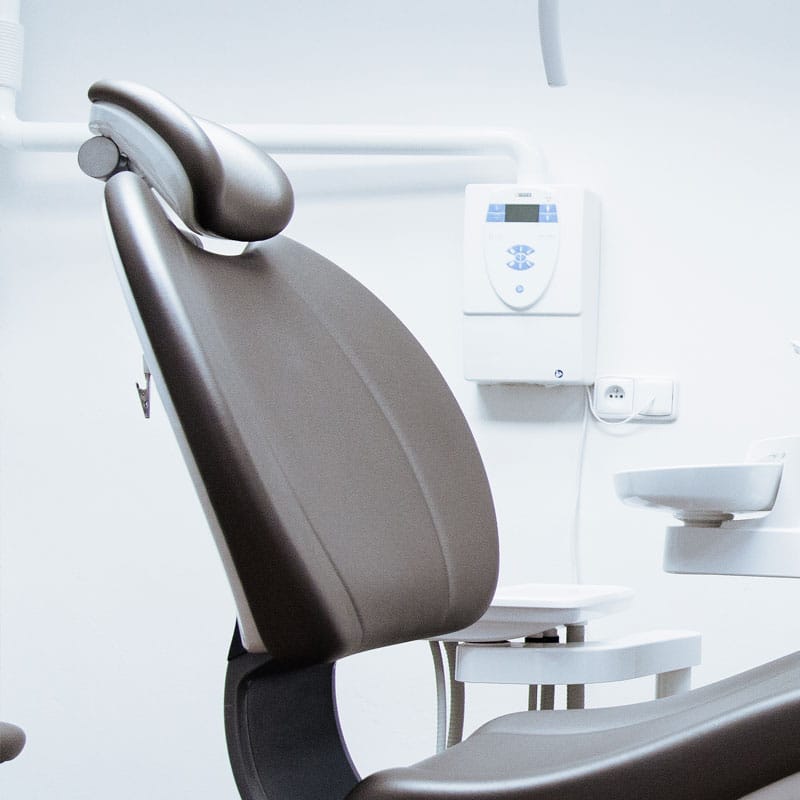In clinics and laboratories, cleanliness is not just about appearance—it is at the core of infection prevention, staff safety, and regulatory compliance. A cleaning protocol tailored to “sensitive environments” considers risk levels, materials, authorized products, and traceability procedures. Here are the essential best practices—and how MOM Cleaning applies them in the field.
Understanding zones and priorities
It all begins with a risk assessment and identifying cleaning zones: low-risk areas (administrative offices), clinical areas (exam rooms, imaging, sampling), and critical zones (labs, treatment or isolation rooms).
The MOM Cleaning team follows a progression of cleaning priorities, giving special attention to high-touch surfaces (handles, switches, railings, buttons) compared to general areas. Environmental hygiene guidelines in healthcare settings recommend standardizing these procedures and documenting disinfectant contact times.
Discover some of our services:
Choosing the right products and respecting contact times
In healthcare settings, it is crucial to distinguish between cleaning (removing soil with detergent) and disinfection (destroying/inactivating microorganisms with a disinfectant). A detergent alone does not kill microbial flora; a detergent-disinfectant or a cleaning → disinfection sequence is required, depending on the risk and surface (INSPQ).
Examples of recommended cleaning protocols in clinics
- High-touch surfaces (at least 1–2×/day, more during high traffic): handles, switches, payment terminals, railings, faucets, exam tables.
Exam and imaging rooms
- Between each patient: exam tables, armrests, surfaces near the patient.
- Daily: floors (controlled damp method), horizontal surfaces, non-critical equipment controls.
- Weekly: high surfaces, curtain rails, undersides of work areas.
Restrooms (patients/visitors):
- Refill hand hygiene supplies (soap, towels)
- CNESST rules: use hospital-grade products, wear protective gloves, and dispose of waste in designated streams (CNESST guide).
Blood/biological fluids:
- MOM Cleaning protocols include isolating the contaminated area, using proper PPE, removing organic matter, applying an effective disinfectant with full contact time, and more.
Hand hygiene and respiratory etiquette
- Handwashing (20 sec with soap) before/after gloves and between zones. Display official posters and provide accessible stations (Government of Quebec).
Where MOM Cleaning adds value
- Teams trained in clinical protocols and Health Canada–approved disinfection
- Frequency adapted to traffic, full task traceability, quality audits, 24/7 interventions
- Expertise reinforced during COVID-19: over 300 employees deployed daily in hospitals, CHSLDs, and testing/vaccination centers of CIUSSS East-Montreal.
PPE, training, and staff safety
MOM ensures compliance with:
- PPE according to risk (impermeable gloves, face/eye protection, resistant gowns, anti-slip shoes).
- Continuous training on protocols and best practices.
- Task traceability (daily sheets, zone-specific job cards, monthly audits with ATP/visual inspections).
- Clear communication (temporary signage, locking critical zones during disinfection).
Cleaning checklists for clinics and laboratories
- Zoning & sequencing: clean from least to most contaminated, separate circuits.
- High-touch surfaces: increased frequency + full disinfectant contact time (CDC).
- Biosafety cabinets & technical zones: dedicated protocol (before/during/after use) + rinsing if corrosive (Government of Canada).
- PPE & hand hygiene: training + official signage.
- Traceability: daily logs, audits, corrective actions.
How MOM Cleaning deploys these protocols
- Clinical expertise: hospital hygiene protocols and electrostatic disinfection when needed, using Health Canada–approved products.
- Flexibility & depth: routine cleaning + scheduled deep cleaning (high surfaces, rails, filters).
- Cost transparency: clear estimates per surface/frequency—see our pricing.
- 24/7 response: incidents (biological spills, accelerated room turnovers).
Conclusion
Cleaning in sensitive environments such as clinics and laboratories requires specialized expertise. MOM Cleaning provides clients with essential protocols and approved best practices: disinfection, zoning, Health Canada–approved products, and more.
Contact us today for a quote and more information: Contact MOM Cleaning.
Informative external resources
INSPQ – Cleaning & disinfection in healthcare settings (PDF)
PHAC – Canadian Biosafety Handbook (biosafety cabinets, containment)
Government of Quebec – Hand hygiene
CNESST – Guidelines for healthcare/elderly care settings (PDF)




